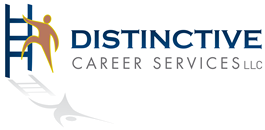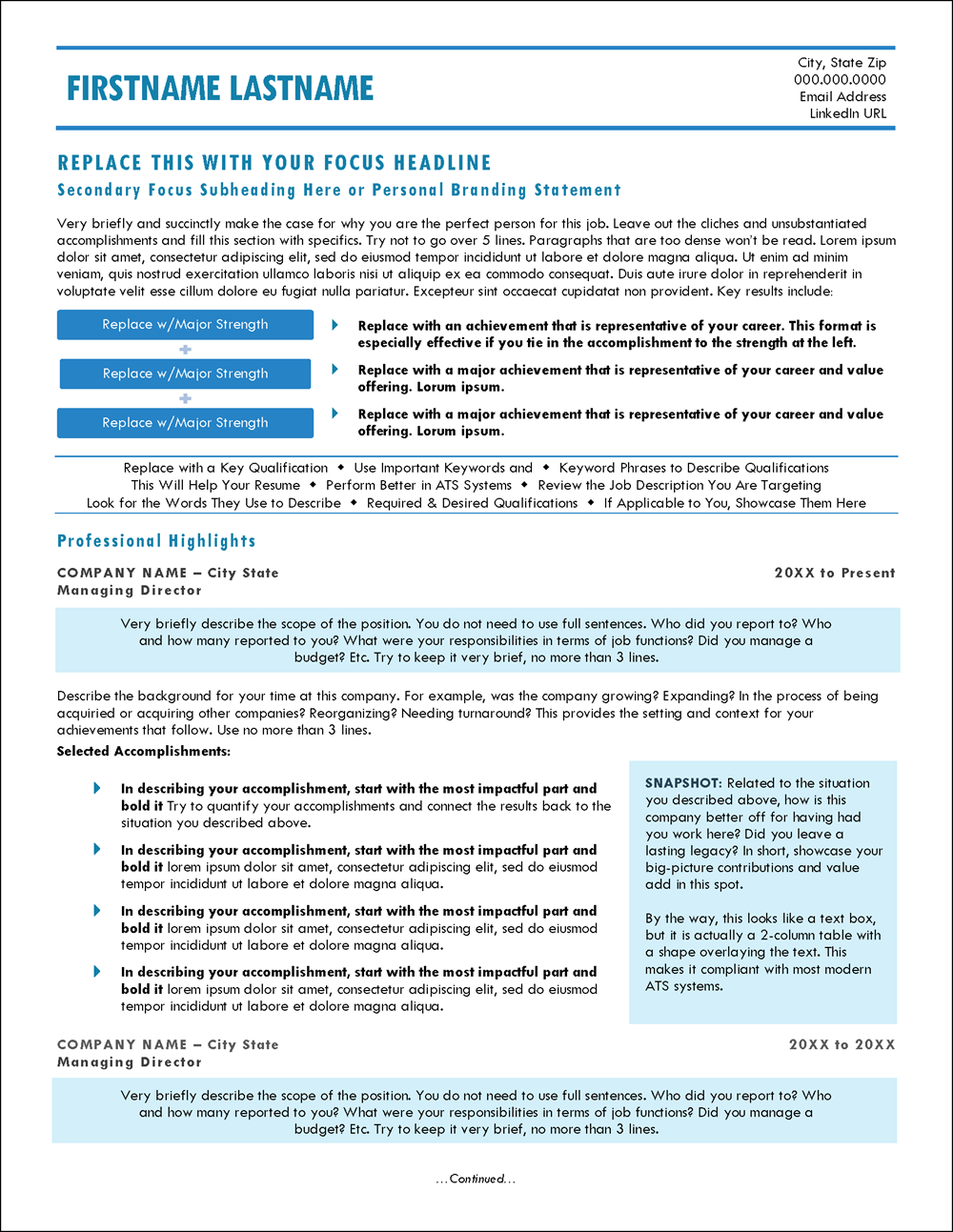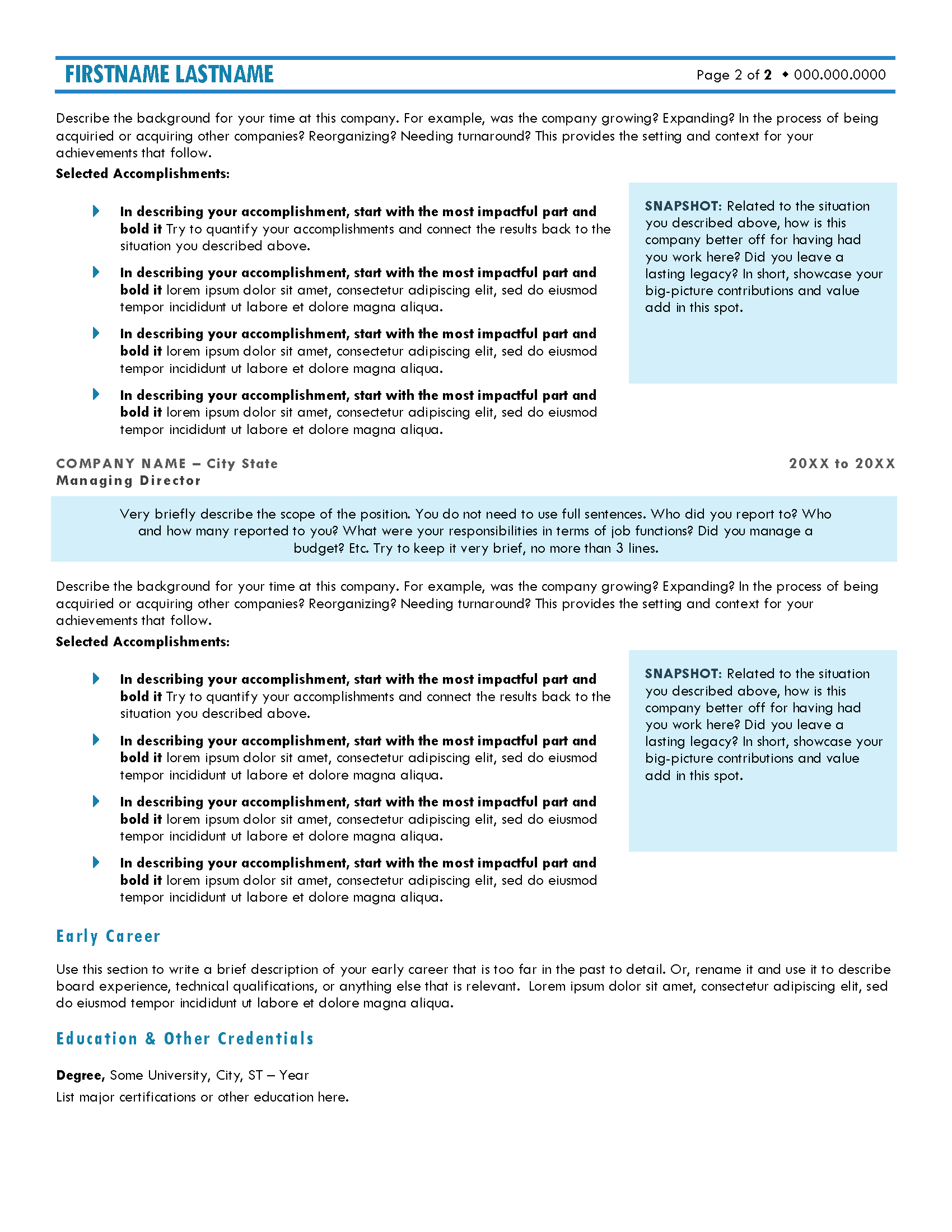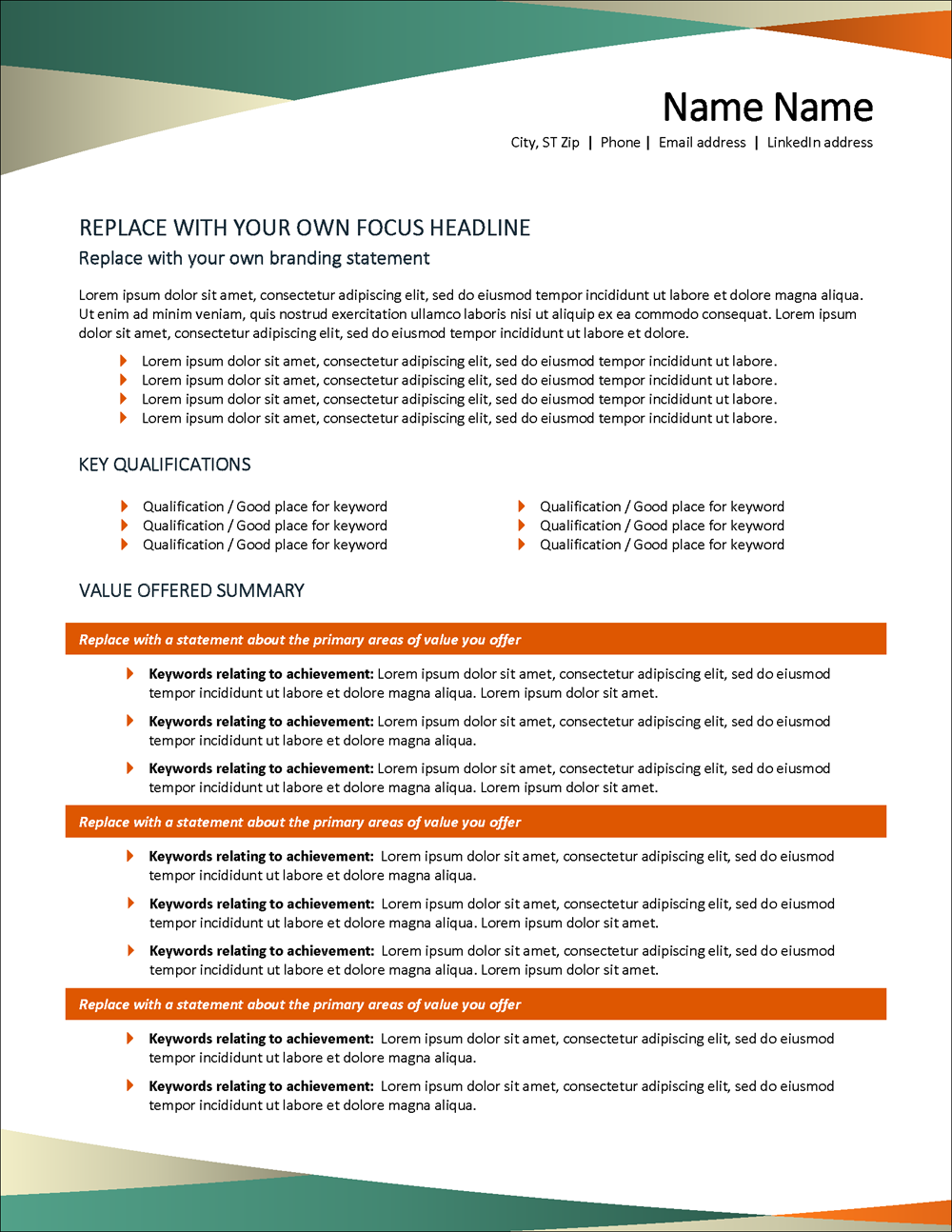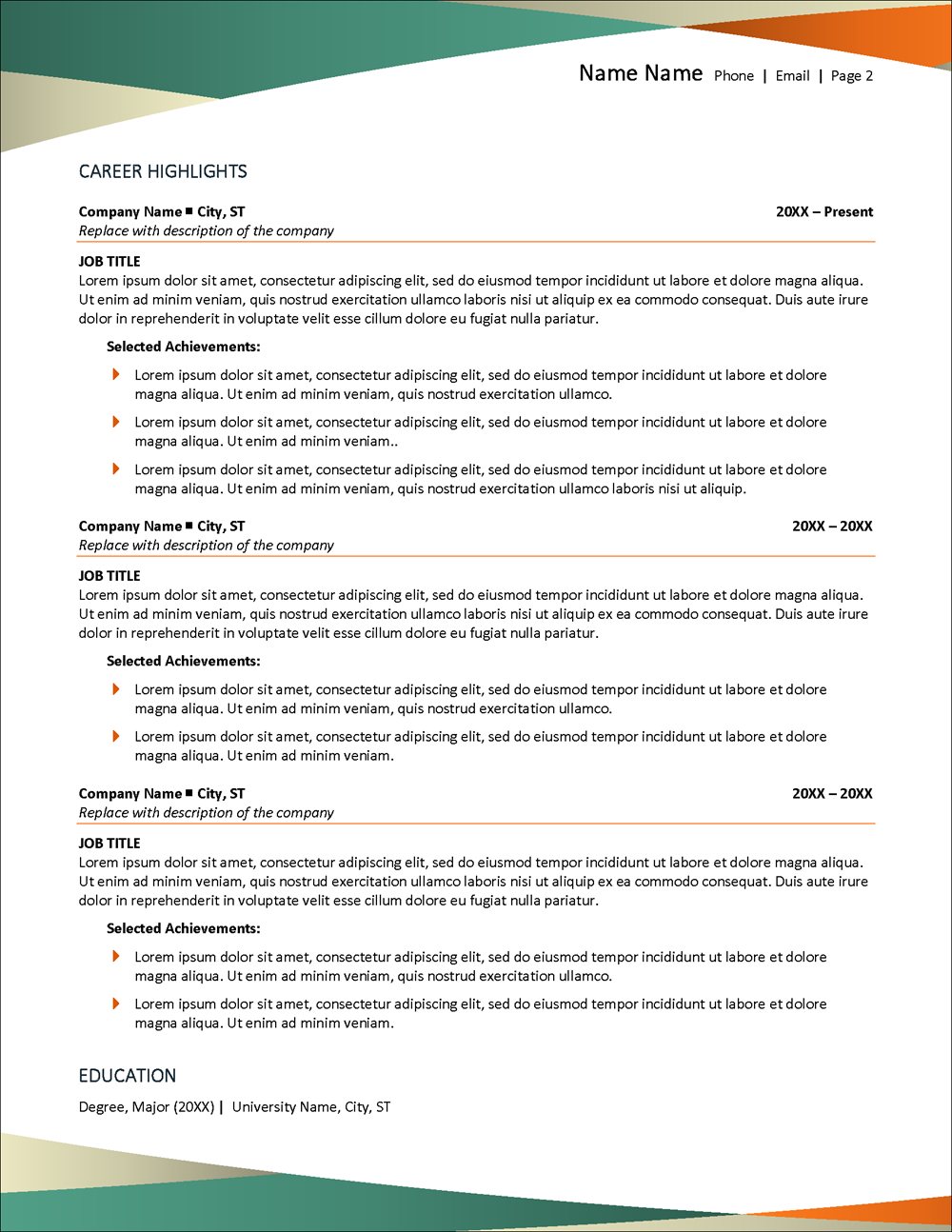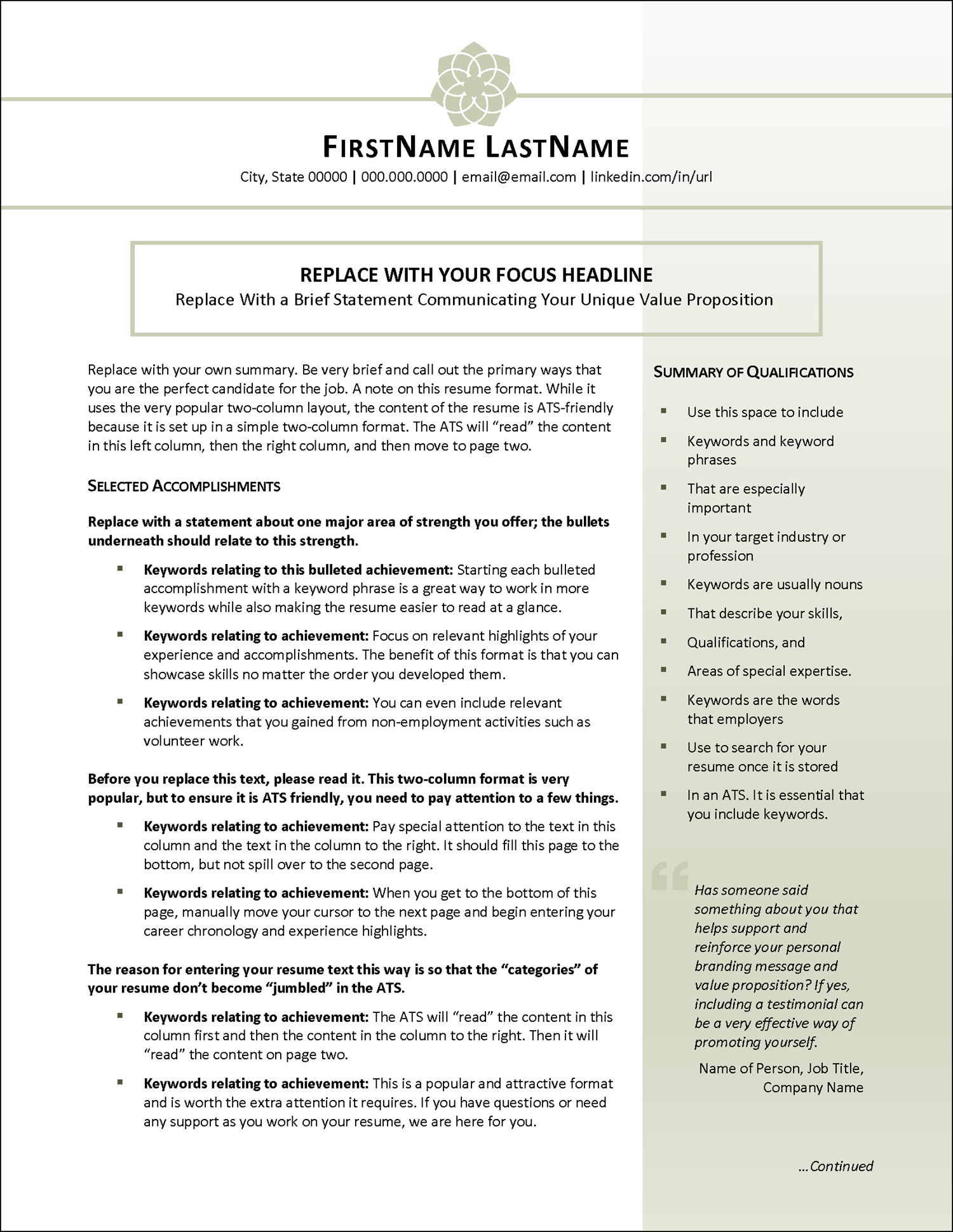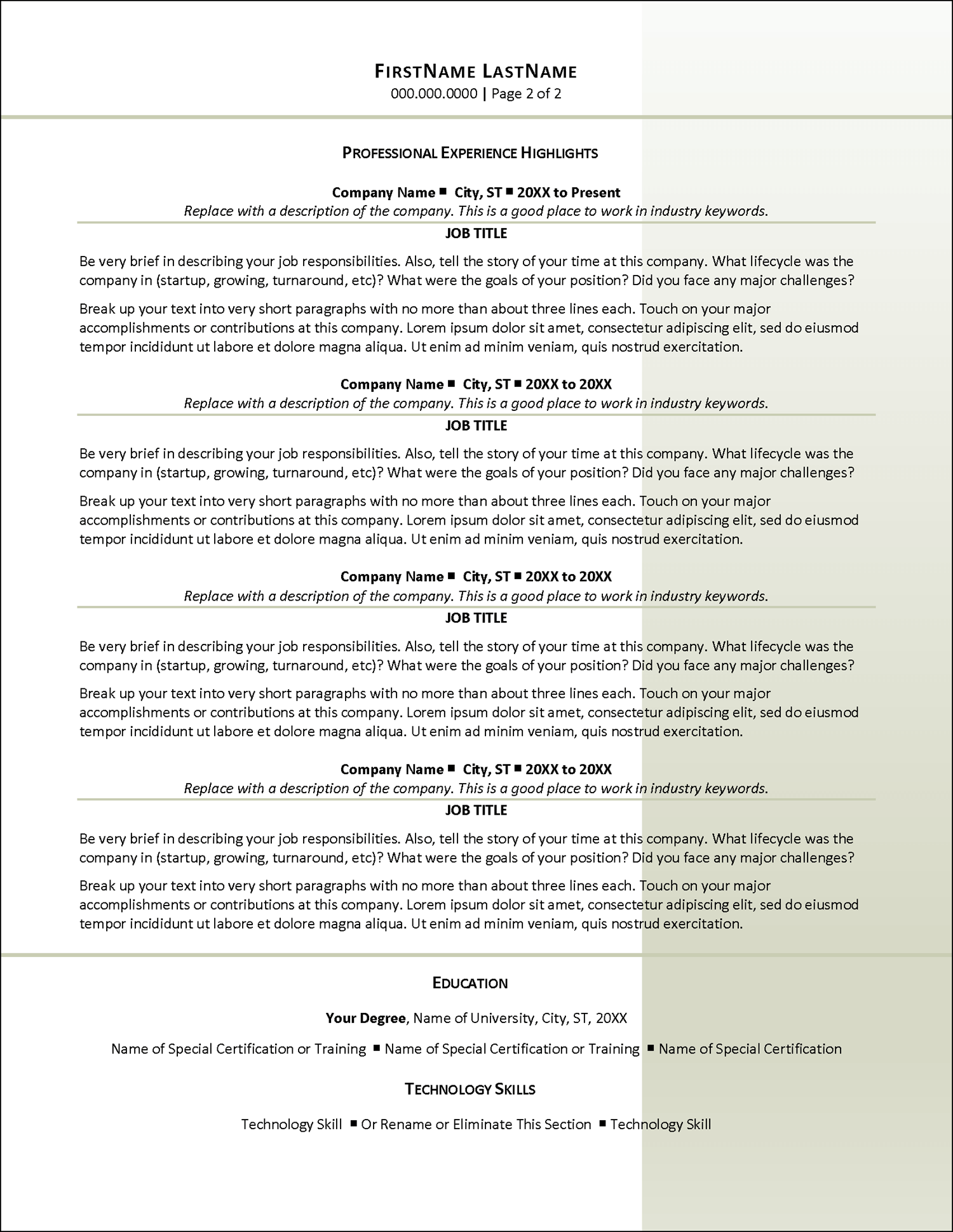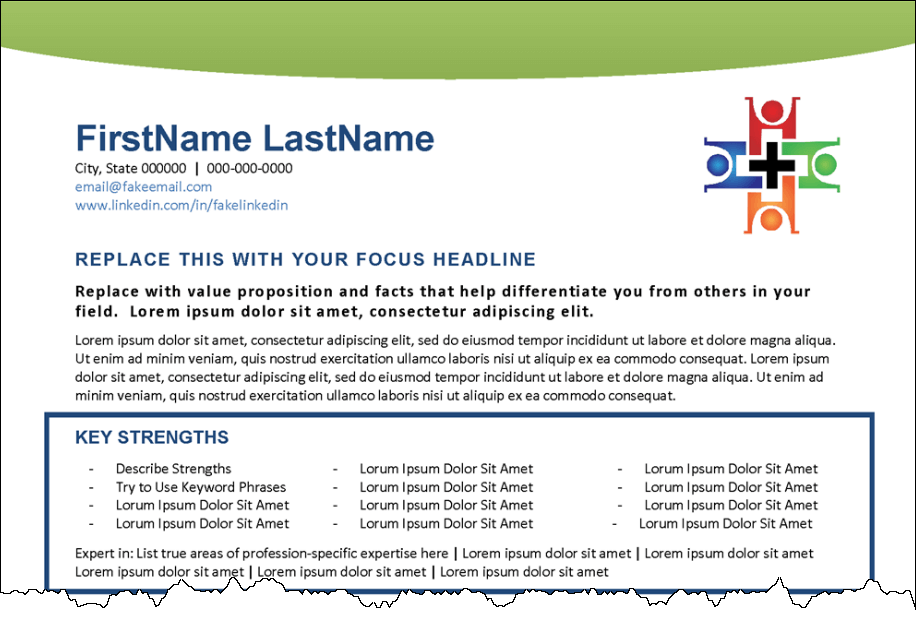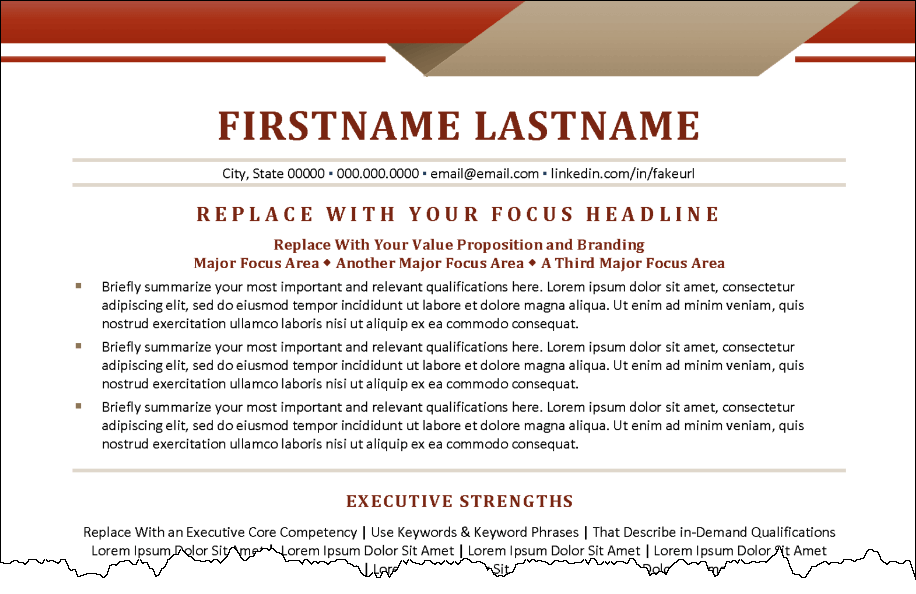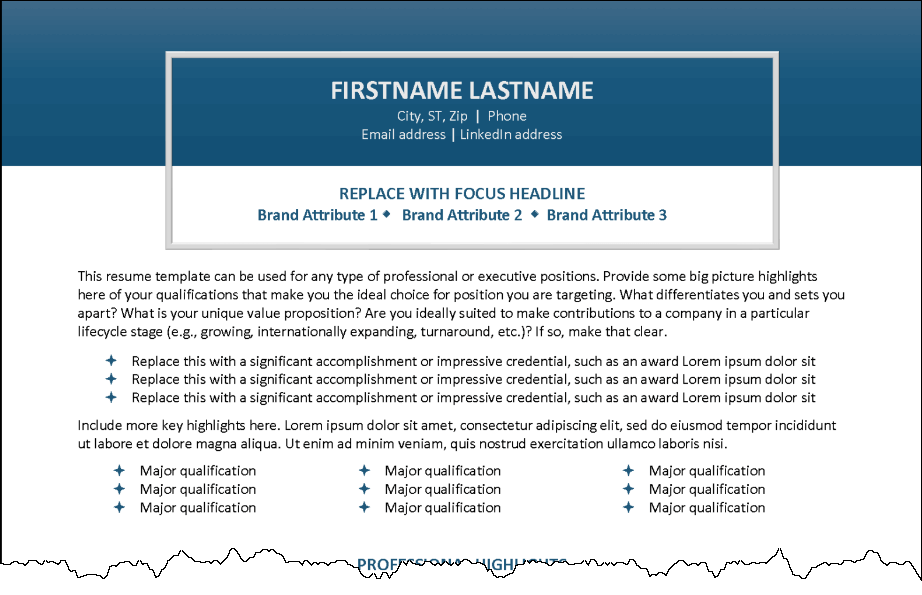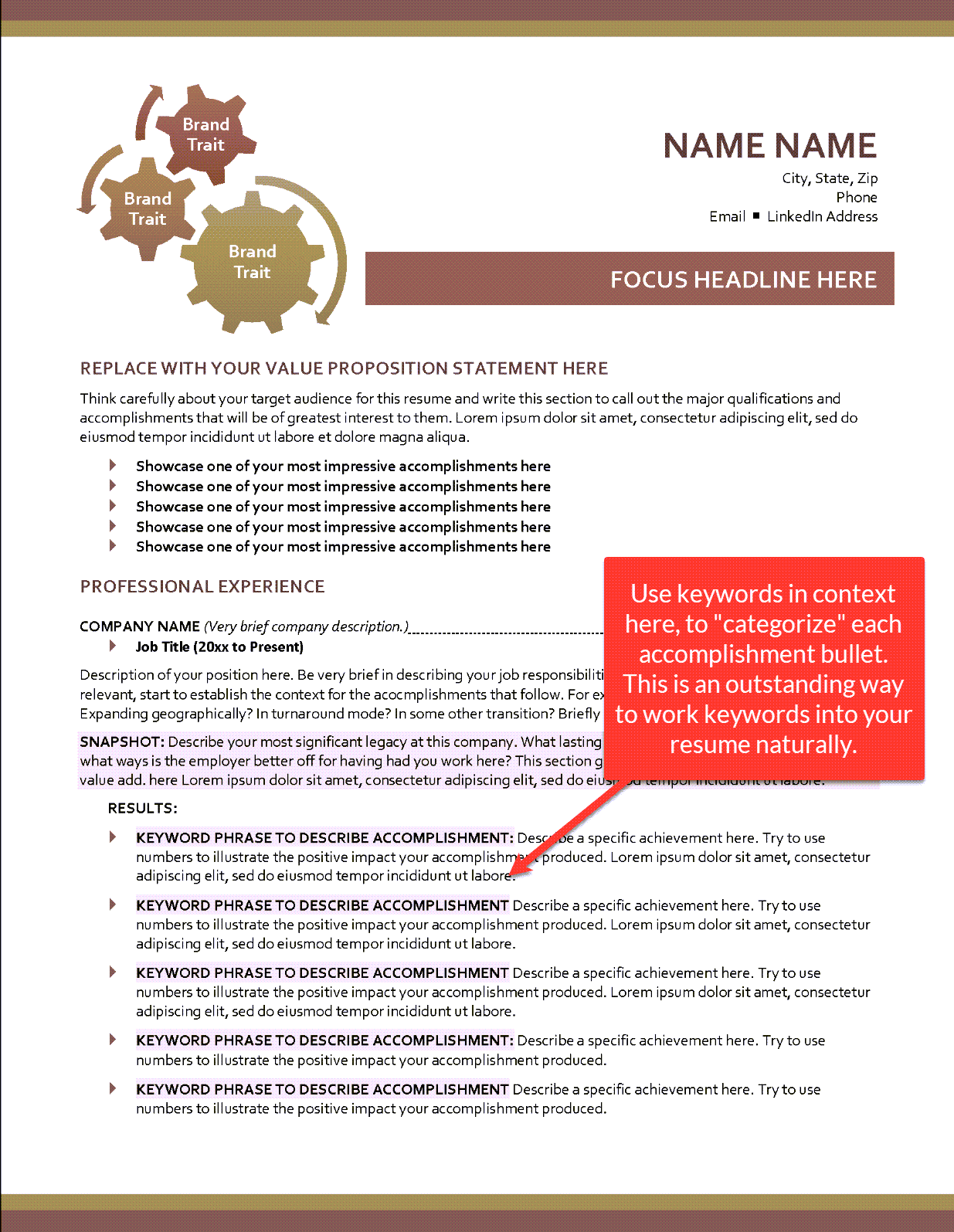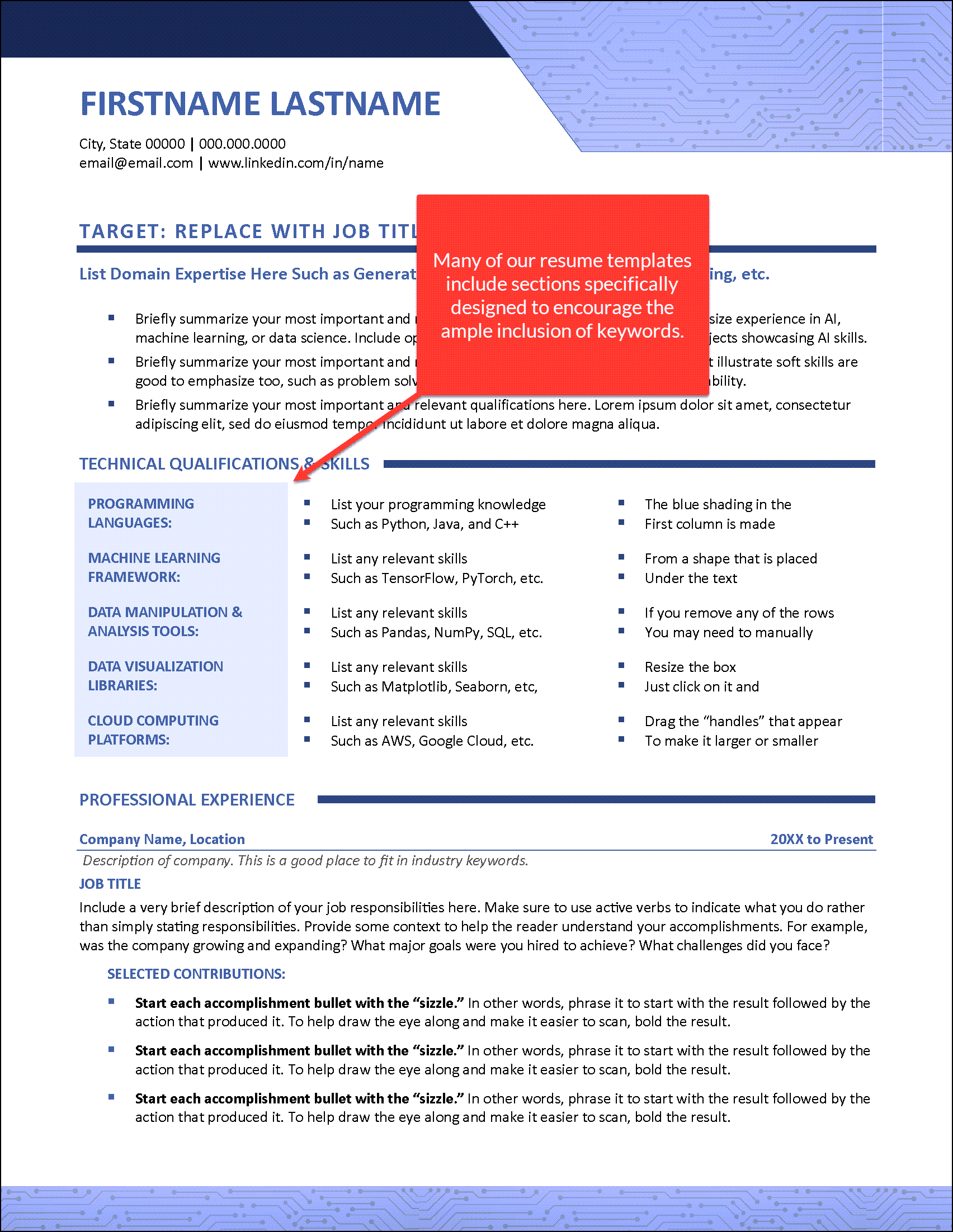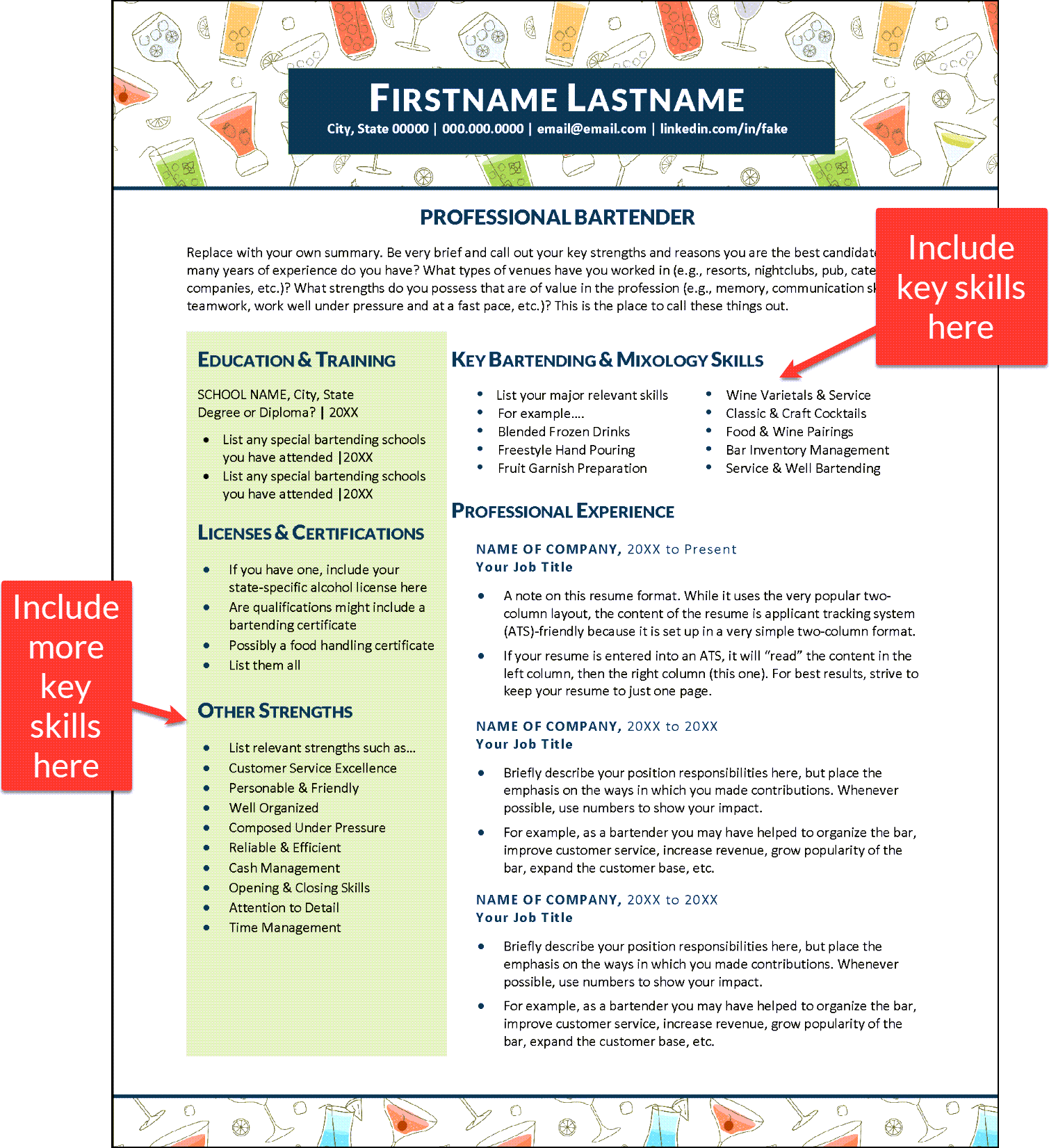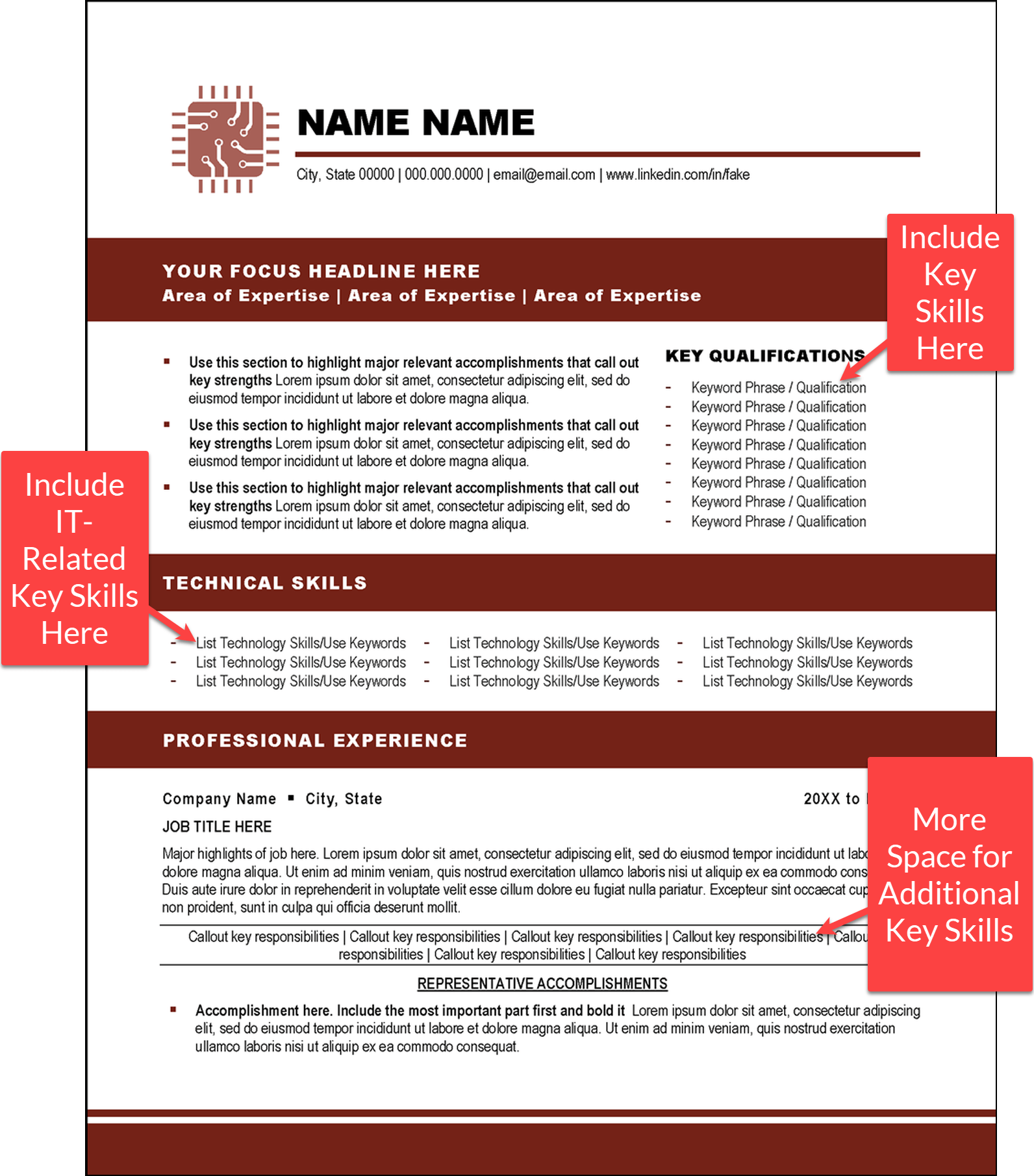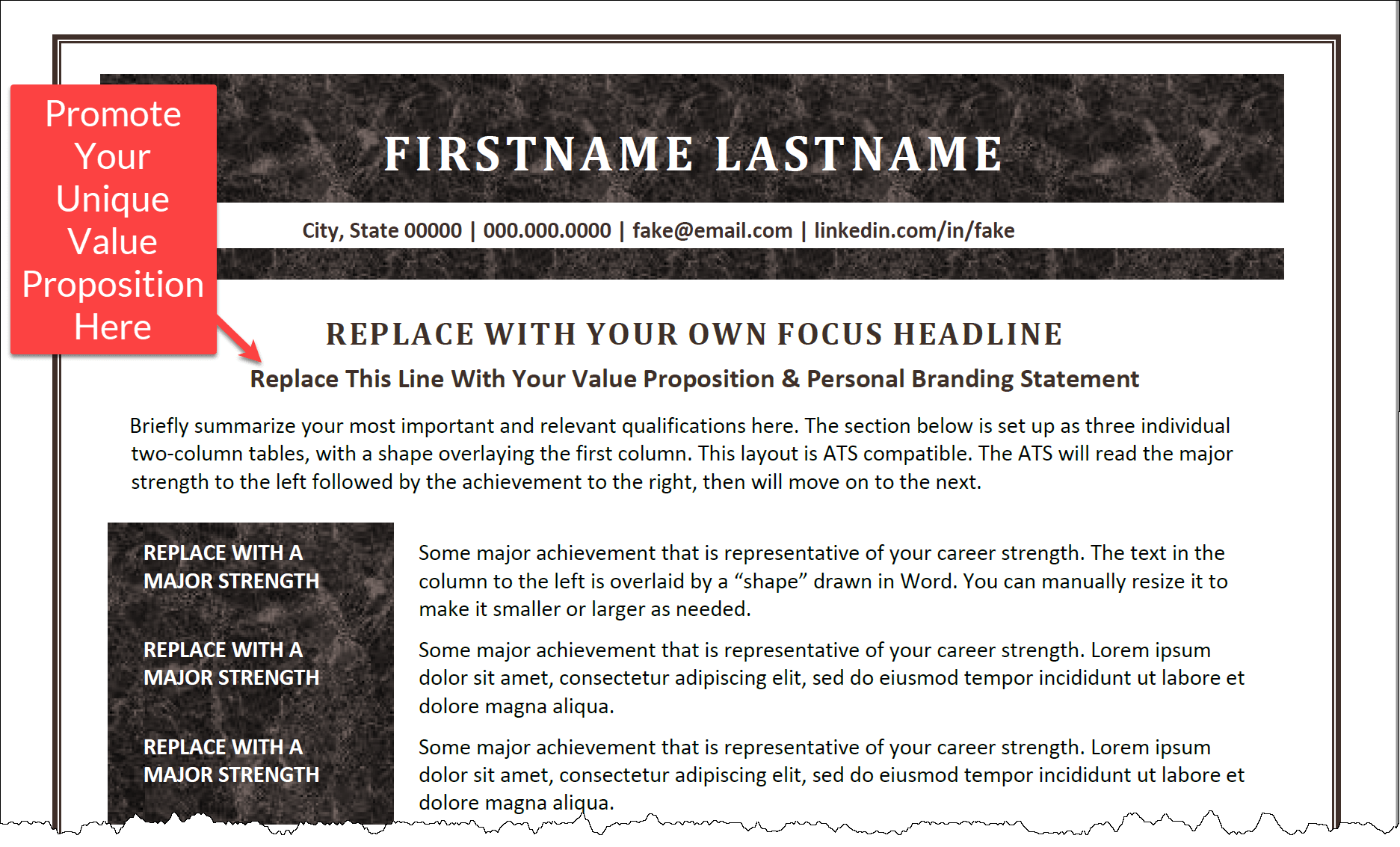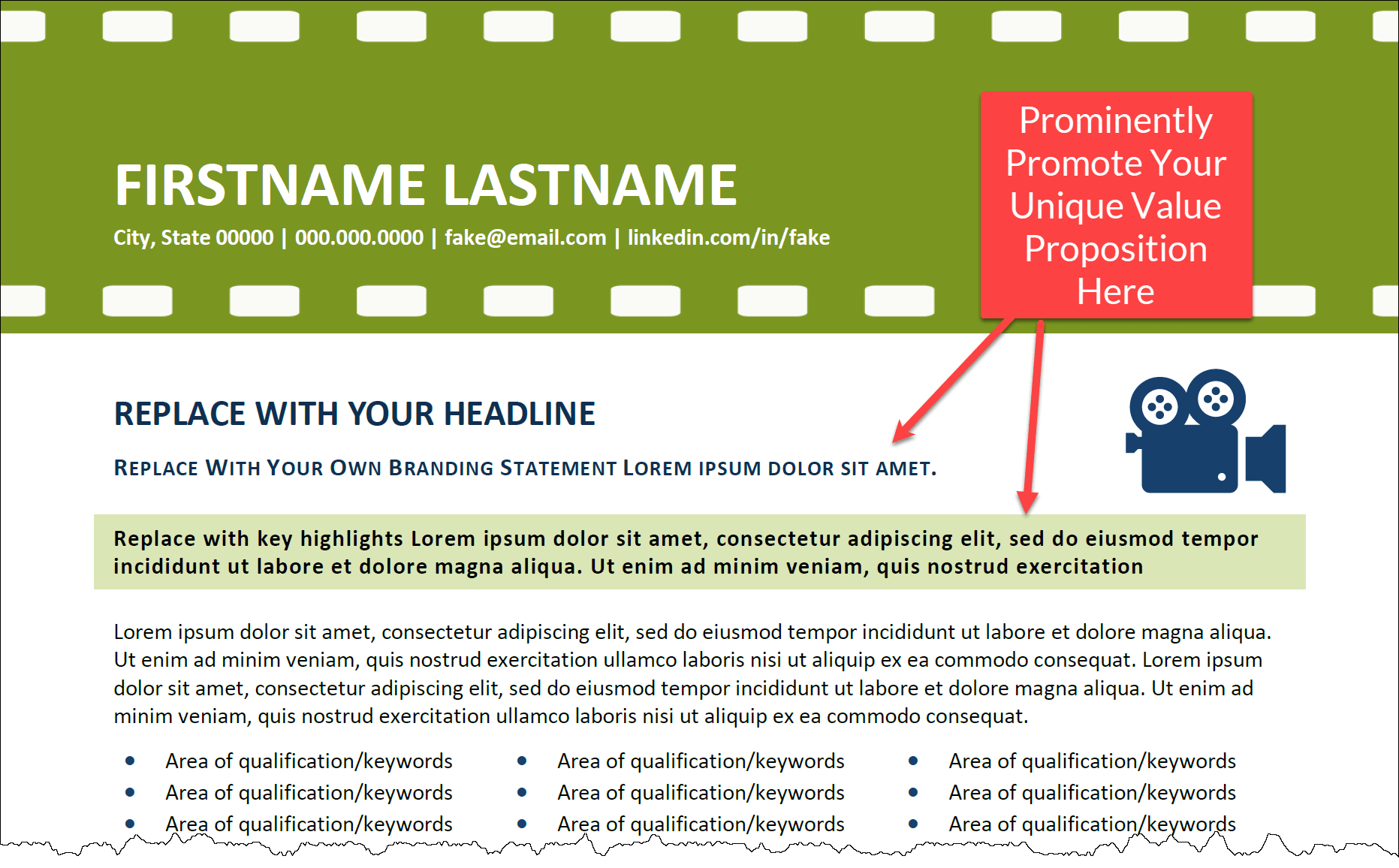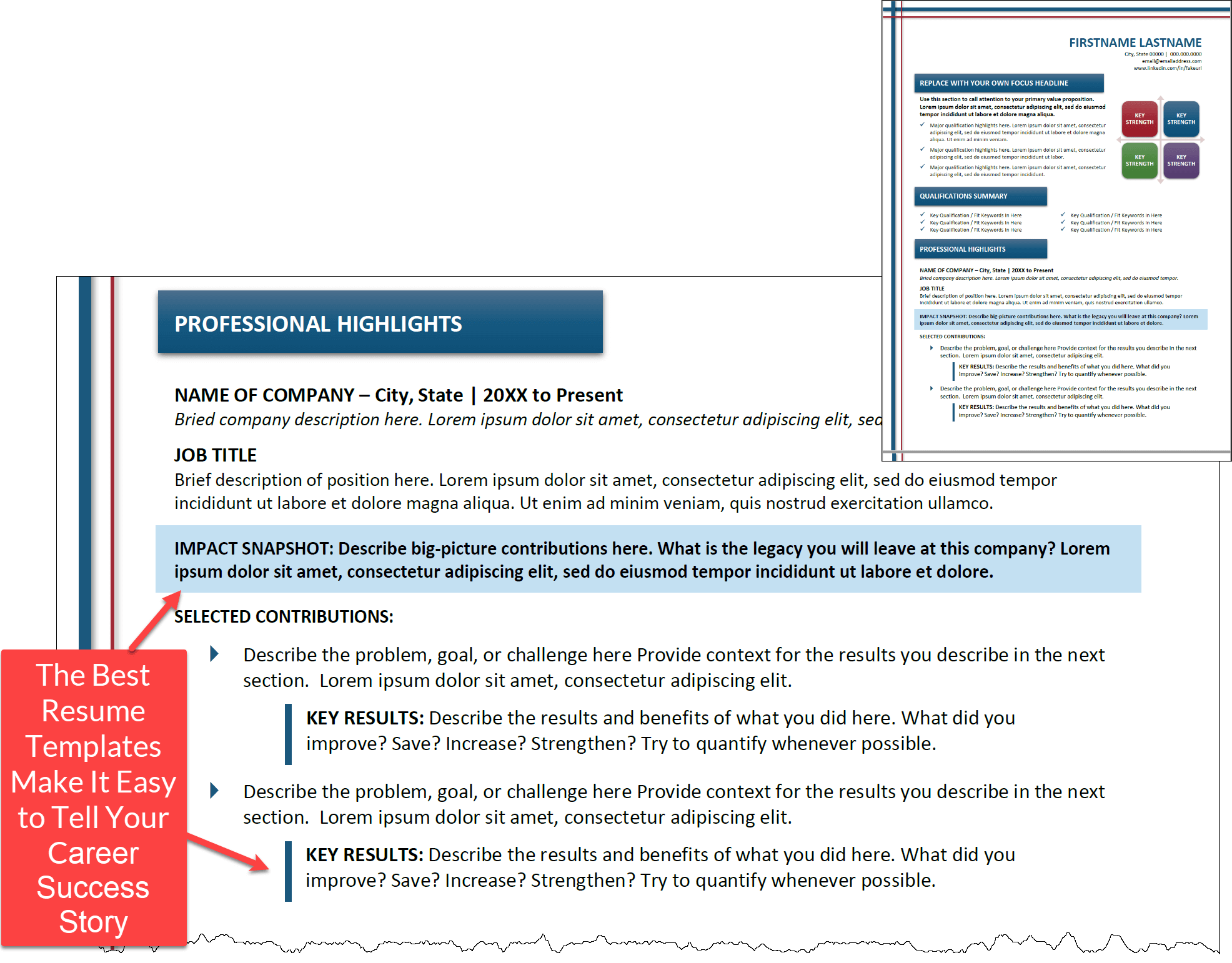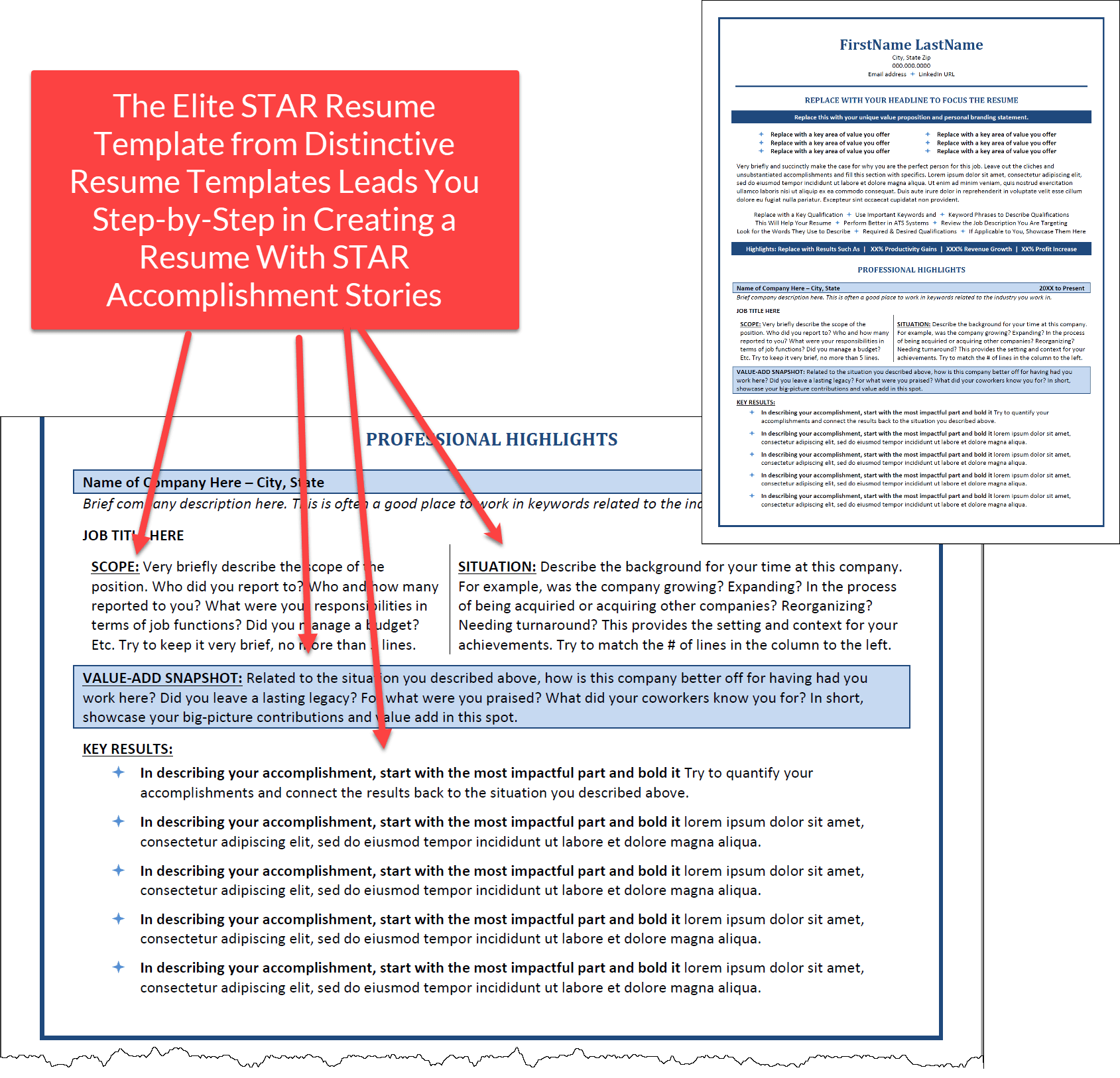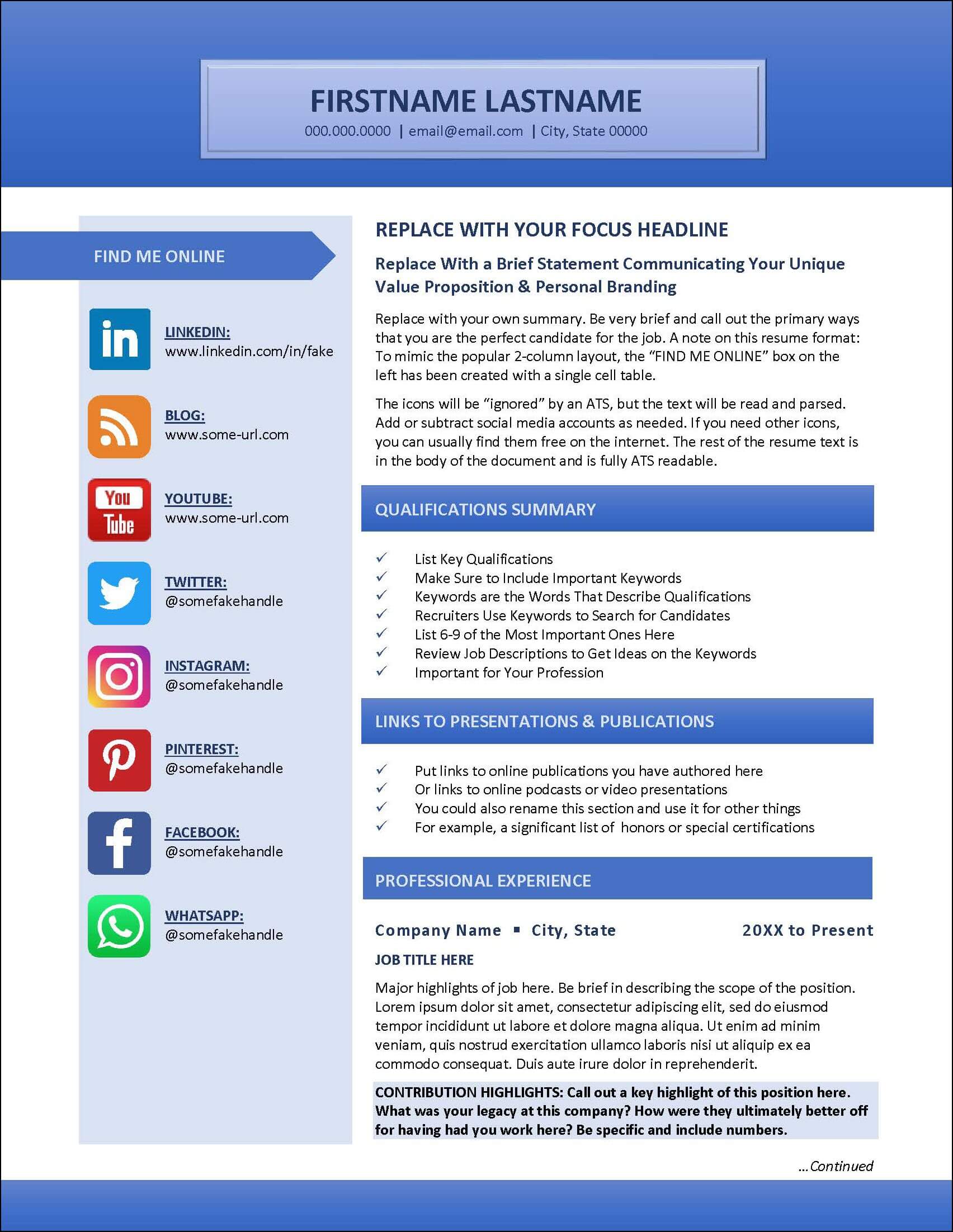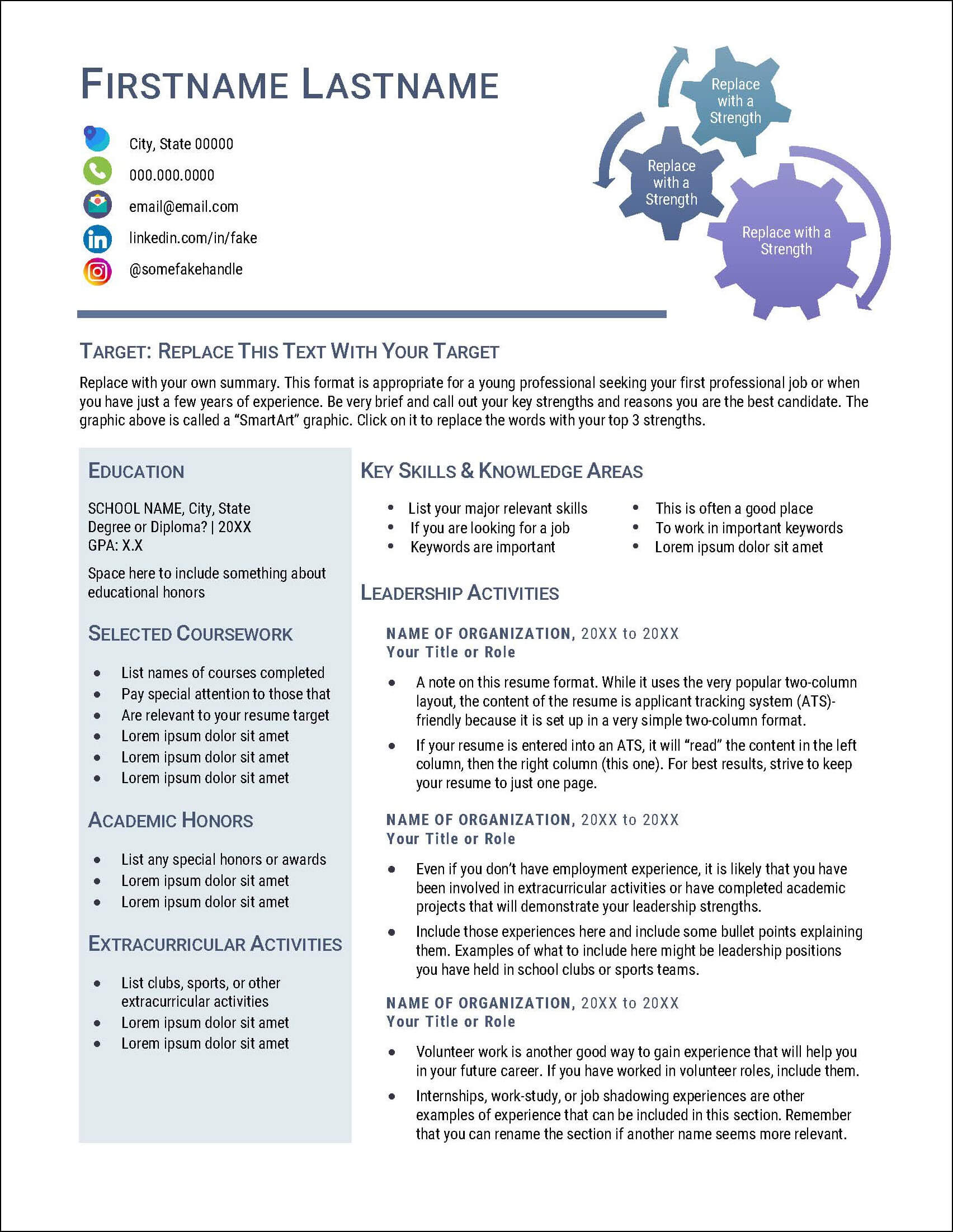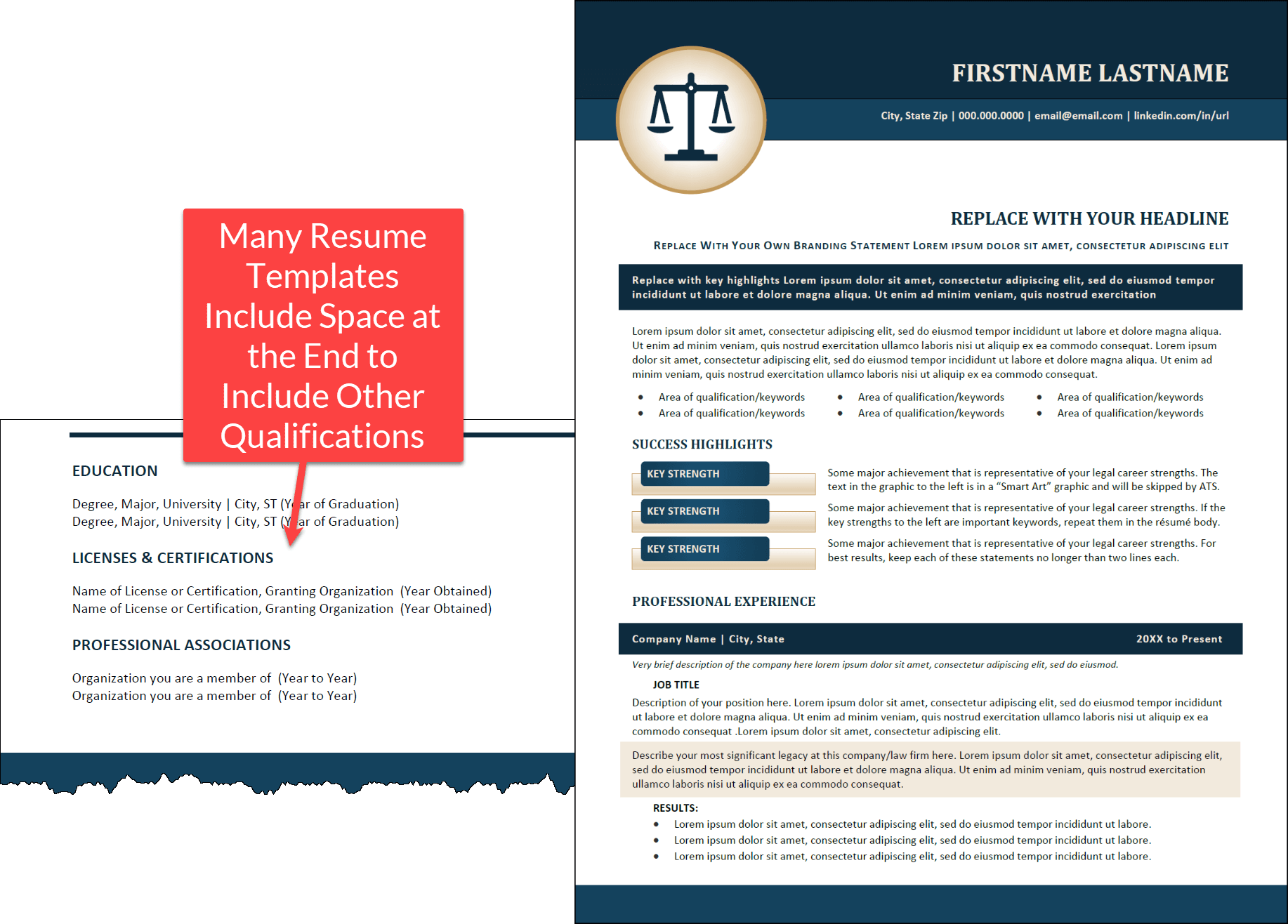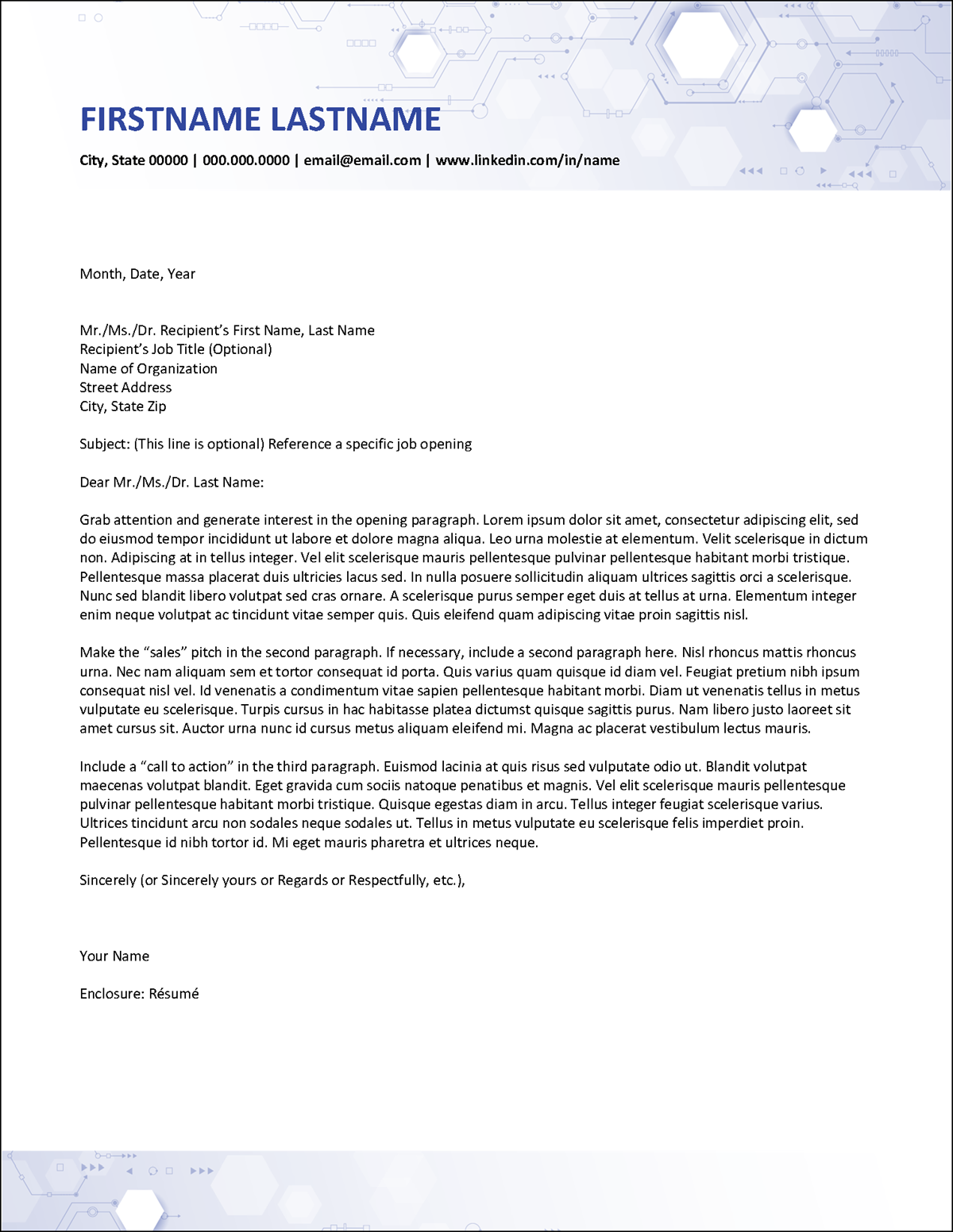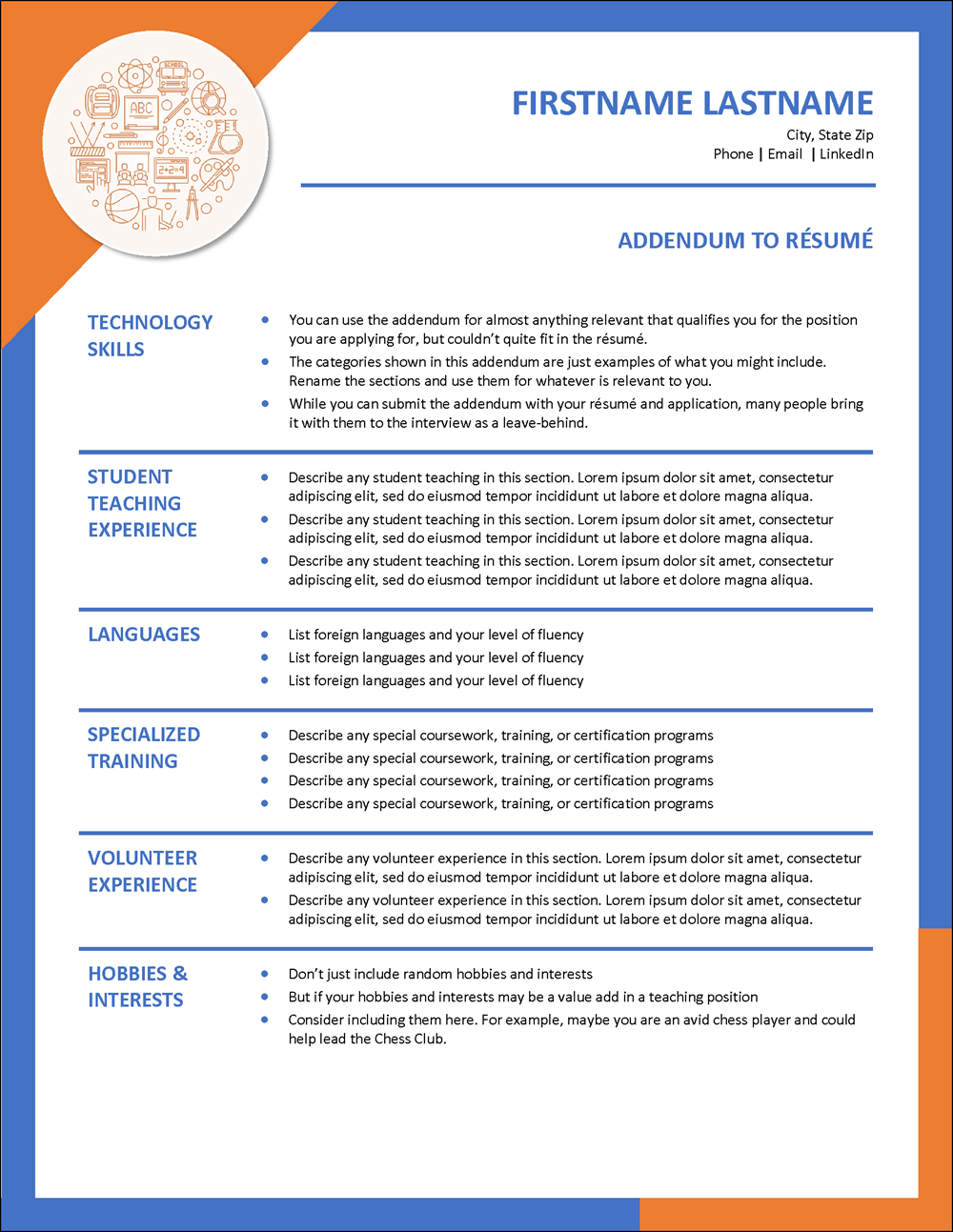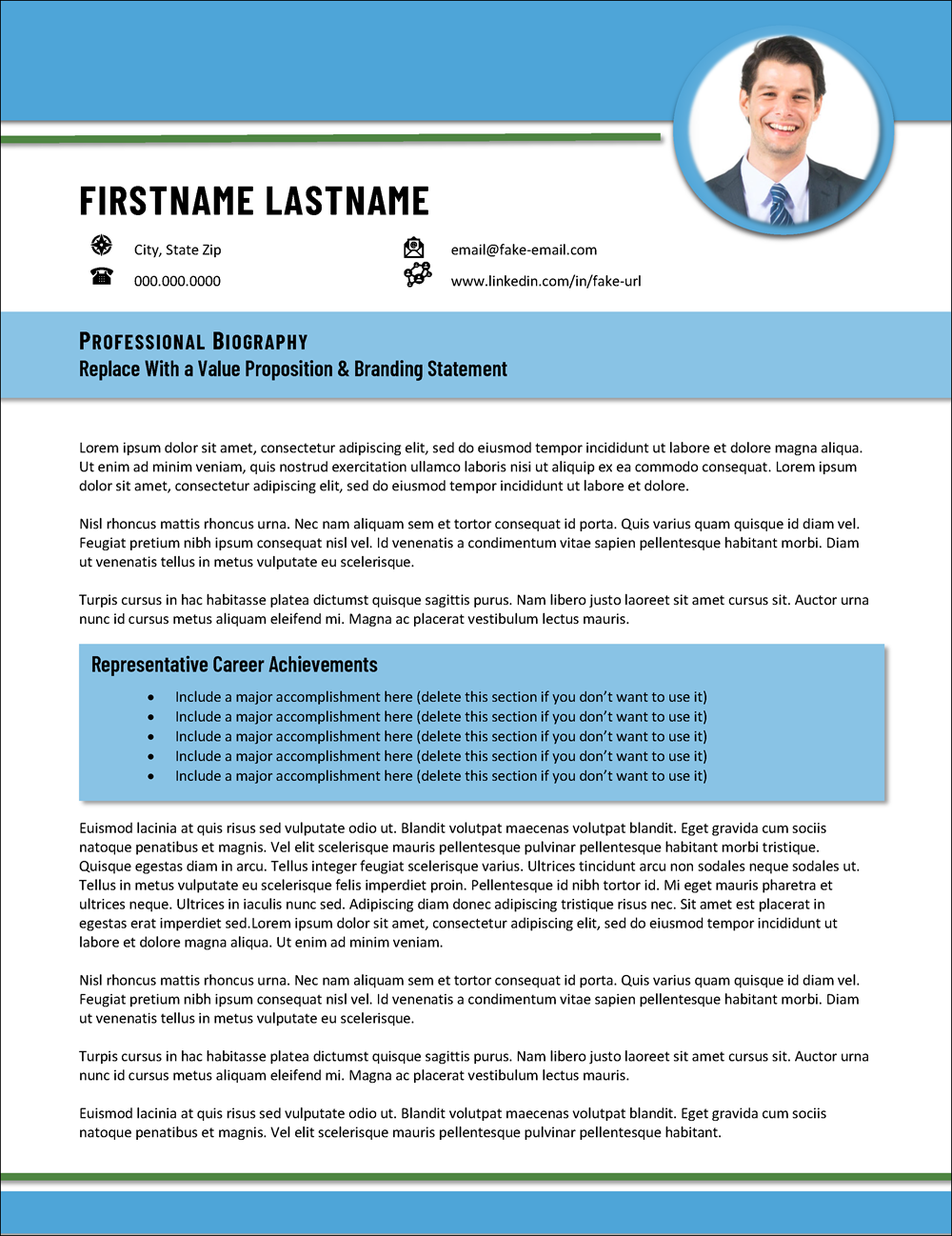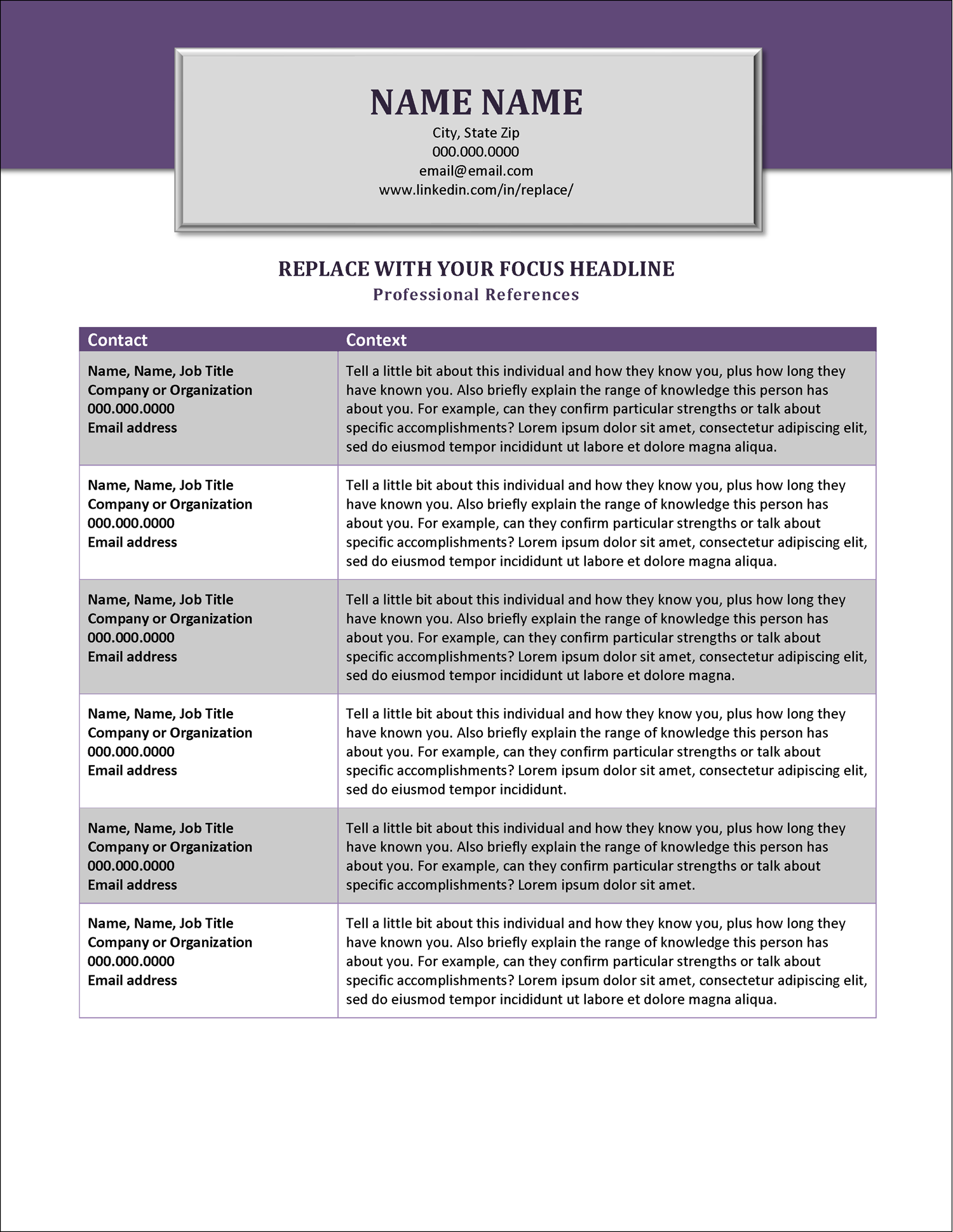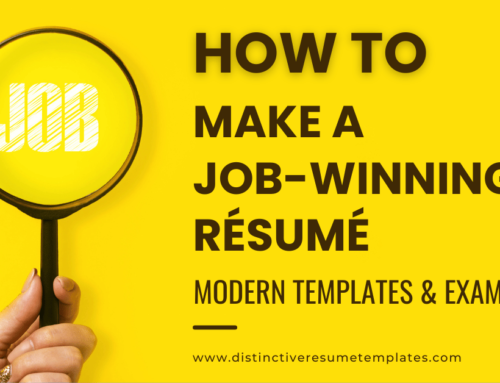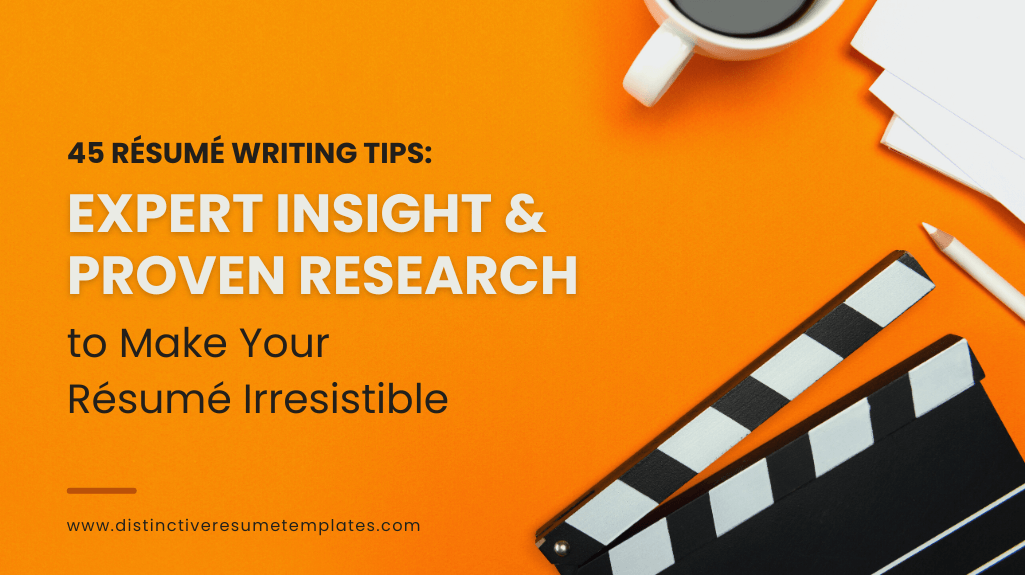
Picture your resume as a cinematic trailer for the blockbuster movie of your career. The scenes flashing across the screen must be magnetic enough to captivate the audience—the recruiters—enticing them to buy a ticket for the full show, the interview.
But the intrigue mustn’t stop at the trailer; the entire plot—the value you bring professionally—must be compelling enough to keep them engrossed, or they won’t invest in the sequel—hiring you. Much like a critic’s review, your resume is the public record of your professional credibility and trustworthiness.
Yet, in the ever-changing realm of resume standards, crafting that perfect trailer can feel as daunting as directing a Hollywood blockbuster.
TABLE OF CONTENTS

The best practices for structuring, writing, and refining a resume are as fluid and elusive as movie-making trends. This constant evolution triggers anxiety akin to pre-release jitters; the stakes are sky-high. Falter, and you risk empty theaters – missed job opportunities – ultimately leading to a box office flop of your professional aspirations.
That’s where our guide rushes to the rescue, like a superhero in the third act. Consider it your seasoned script doctor, arming you with over 45 research-driven resume writing tips and statistical insights to ensure your career’s trailer—your resume—doesn’t just attract attention but garners rave reviews.
Our guide is here to help you master the changing trends so your professional movie—your resume—continues to captivate, engage, and, above all, successfully secure the leading role in your dream job.
Action! Crafting a Box Office Hit: Essential Resume Writing Tips
Like every captivating movie begins with a compelling script, creating a job-winning resume starts with understanding the essentials. Whether it’s optimizing for Applicant Tracking Systems (ATS) to get past the initial screening, or structuring your resume for maximum impact, let’s delve into the research-backed strategies that help craft a resume worthy of standing ovations.
Think of these resume-writing tips as your ‘screenwriting 101’. They ensure your career’s story shines brightly, holding the audience—your potential employers—spellbound from start to end. So, grab your director’s chair, and let’s begin our journey into creating a blockbuster resume.
Tailor Your Resume to the Job Description
Just as every movie has its unique storyline, so does every job opportunity, and so should your resume reflect the distinct narrative of your professional journey related to that unique storyline. A staggering 63% of recruiters want a resume tailored to the specific job opening, yet 54% of new job applicants fail to do so.
Here are a few tips:
Choose the Right Resume Format for Your Background
Just like the genre of movie, the format of your resume plays a crucial role in how effectively it presents your skills and experiences. Different resume ‘genres’ (resume formats) are suited to different career backgrounds and objectives. Choosing the right format can help highlight your strengths, downplay weaknesses, and make your resume more appealing to recruiters. Here are a few tips to help you choose the best resume format for your background:
Chronological Resume
This is the best-known resume format. It lists your work experience chronologically, starting with your most recent job. This reverse chronological format is best for those with a strong work history and linear career progression. However, a resume strictly developed in this format is not well-positioned to take full advantage of modern resume writing strategies.
The resume template in our Chronological Perfection Collection is a good example of a resume template in a chronological format — almost. While the experience section is developed in the reverse chronological style, it includes modern elements that ensure this resume meets modern resume writing best practices.
Functional Resume
This format emphasizes your skills and abilities over chronological work history. It’s particularly beneficial for those with gaps in their employment, career changers, or those new to the workforce. However, it’s worth noting that some hiring managers may find the functional resume format less straightforward or harder to follow. ATS has difficulty parsing them as it doesn’t provide a clear timeline of your work experience. Additionally, because this format is less common, it may raise questions about why you chose it, potentially drawing attention to employment gaps or frequent job changes you might prefer to downplay.
The resume from our Pivot Collection is a great example of a functional resume. However, you’ll notice that, as with our chronological example, this isn’t a strict functional resume. The first page is functionally styled, but the resume template’s second page includes room for a work history listing.
Combination Resume
This format merges the best of both worlds, integrating elements of the chronological and functional formats. It allows you to showcase your skills and abilities while providing a detailed work history. This format is ideal for those with a robust work history and diverse skills.
Moreover, this hybrid format resume is particularly advantageous in the context of modern resume writing strategies. It allows for the inclusion of keywords throughout both the skills and work history sections, enhancing ATS compatibility. It also provides ample opportunity to demonstrate your achievements and results, making your resume more dynamic and engaging for recruiters. This format offers a comprehensive view of your professional profile, making it a powerful tool in your job search arsenal.
The resume template from our Exquisite Collection is an excellent example of the combination resume format. You may wonder about the two-column format of this resume’s first page. This format is very popular but often warned against because columns, if they are not designed properly, are not ATS compatible. However, the two-column resume formats offered by Distinctive Resume Templates have all been designed to avoid ATS incompatibilities and are ATS-friendly.
Remember, the goal is to choose a format that best showcases your unique skills, educational background, experiences, and career goals.
Ditch the Resume Objective but Clearly Focus Your Resume
In the evolving screenplay of resume writing, the traditional approach of opening with an ‘opening credits scene’—the resume objective statement—has fallen out of favor. In fact, including a career objective in a resume can have a negative impact of 29.6%. The reason for this industry shift is that these objective statements tend to zoom in on what the job seeker desires rather than showcasing the value they can deliver to the employer.
In place of this, modern resumes often begin with a resume summary. A resume summary, also known as a professional summary or summary of qualifications, provides a concise overview of your skills, experiences, and accomplishments relevant to the position you’re applying for. It’s essentially a brief, powerful statement at the top of your resume that tells the potential employer why you’re the right fit for the job.
Here are a few tips for writing an effective resume summary:
You have endless options when it comes to how to style your resume summary, as shown by the three resume summary examples below. These come from our Healthcare Edge Resume, Businesswise Executive Resume, and Exceed Sophisticated Resume template collections.
Use Action Verbs and Quantifiable Achievements
Commence each ‘scene’ in your work experience act with a powerful action verb. Just as a gripping action sequence can capture the audience’s attention, using action verbs to start your resume bullet points can increase the chances of an interview by 140%.
Use an Applicant Tracking System (ATS) Friendly Format
In the digital era of filmmaking, your resume script must captivate not just human producers but also the discerning eyes of the industry’s film editors’ – Applicant Tracking Systems (ATS). Nearly 100% of third-party recruiting firms, roughly 98% of Fortune 500 companies, and a growing number of smaller companies use ATS software to screen resumes.
These systems act as ‘film editors’, managing actors (applicants) throughout the casting process, including filtering and ranking scripts; thus becoming an essential audition you need to ace in your job hunt. While job seekers may feel jittery about these seemingly impassive ‘editors’, a whopping 94% of recruiters report that ATS has brought a positive spin to hiring. So, like it or not, these ‘film editors’ aren’t leaving the casting room anytime soon.
An ATS-friendly format ensures your resume is easily readable by these systems, increasing your chances of making it to the recruiter’s desk. Here are some tips to make your resume ATS-friendly:
Optimize Your Resume with Keywords
Beyond using an ‘industry-standard script format’—an ATS-friendly format—sprinkling your resume with the right keywords is critical for passing the scrutiny of these systems. ATS often rank resumes based on their relevance to the job description, determined by the presence of specific keywords. On average, candidates miss 49% of relevant keywords on their resumes when applying for a position. So, ensuring your resume is rich with the right keywords can be a game-changer in landing the role you want.
Here’s how to optimize your resume with keywords:
The example resume templates below include a resume template for AI professionals (from our Brainlink Collection) and another versatile resume format template (from our Authentic Elements Collection) for a diverse range of industries.
All of our resume templates are designed with real-world uses in mind and to make it easy for you to incorporate all the most important keywords in your resume. These two examples show just two of the many possibilities available.
Emphasize Transferable Skills
In a constantly evolving casting landscape, ‘versatile acting skills’—transferable skills—are gaining immense importance. These are skills adaptable across a myriad of roles and industries, akin to the versatility in acting genres—like problem-solving, communication, and leadership skills. Highlight these skills in your resume to show your versatility. After all, the more roles you can play convincingly, the more appealing you are to a wider range of casting directors (recruiters).
Including a ‘Key Skills’ section of 15 to 20 words in your resume can increase the likelihood of being invited for an interview.
The best resume templates will include ample space for you to include your key skills in your resume. Our bartender resume template from the Barcraft Collection and IT resume template from the Technical Pursuits Collection are great examples of this.
Strike the Right Balance: Be Succinct But Comprehensive
The ‘running time’ and ‘plot structure’ of your resume—the length and organization of your resume content—can greatly influence its box office success. The ideal length for a resume is between 475 and 600 words (approximately two pages), but the majority (77%) of resumes do not meet this length. The average length of a resume is 489 words, while the median length is slightly shorter at 369 words.
More of the Basics: Resume Content Tips
The ‘storyline’ of your resume—the content—is arguably its Oscar-winning aspect. It’s what tells recruiters about your skills, experiences, and qualifications. However, understanding how these recruiters actually read and interpret resumes can guide you in crafting a blockbuster resume that grips their attention and secures you the ultimate screen test—an interview.
Here’s the truth: Recruiters spend very little time on each resume. Research has shown 40% of hiring managers self-report that they spend less than 60 seconds on a resume, and 25% spend less than 30 seconds. However, an eye-tracking study showed that, in reality, recruiters spend an average of only 7.4 seconds on a resume.
With that in mind, there are certain things you should include in your resume and certain things you should avoid.
Advanced Resume Strategies: Be the Star in a Sea of Extras
Once you’ve nailed the fundamentals, it’s time to bring your resume script to the next level with advanced techniques. These methods transcend the standard resume writing tips, offering distinctive ways to spotlight your talents and experiences, and leave a lasting impression on recruiters.
From showcasing your unique character traits and harnessing the power of narrative to maintaining a professional and visually appealing resume format, these advanced techniques will help your resume take center stage, standing out in the sea of extras in a competitive job market.
Showcase Your Unique Value Proposition
Just as the elusive ‘star power’ or the sought-after ‘X-factor’ defines an actor’s appeal, your Unique Value Proposition (UVP) is what sets you apart from other job candidates. It’s a concise statement that encapsulates your unique skills, experiences, and attributes. Include your UVP in your resume summary to immediately grab the recruiter’s attention.
All Distinctive Resume Templates have been designed to make it easy for you to prominently promote your UVP. The modern classic resume in the Folio Modern Classic Collection is one example. Another example is the entertainment industry resume template from our Entertainment Edge Collection.
Leverage the Power of Storytelling
Remember, every great film captures hearts before minds, and so should your resume. Storytelling can make your resume more engaging and memorable.
Instead of just listing your responsibilities and achievements, weave them into a compelling narrative that translates your career information into emotion. Our brains are wired for stories, so reading a resume written in this format helps the reader’s brain easily make sense of and understand the information. This can help hiring managers visualize your potential impact on their organization.
Use a Professional and Eye-Appealing Resume Layout
Remember, even the greatest story can get lost in poor presentation. A cluttered resume can be off-putting to recruiters.
To ensure your resume is as readable as a blockbuster script, use a professional and clean resume layout with plenty of white space to make it easy to read.
Stick to a consistent font and format throughout your resume. An eye-tracking study showed that the top-scoring resumes exhibited well-defined sections and headers, straightforward job descriptions and job titles throughout, a concentrated emphasis on the first page, and clean fonts.
The Future of Resumes: Staying Ahead of the Curve
As the landscape of the world of work evolves, so must the scriptwriting techniques for an impactful resume. Staying ahead of the curve involves understanding and adapting to these changes, ensuring that your resume not only meets current standards but is also prepared for future trends.
This section explores the future of resumes, from incorporating digital elements and emphasizing transferable skills, to using technical skills and staying current with industry trends such as AI. These forward-thinking resume writing tips will help you future-proof your resume and maintain a competitive edge in the ever-changing job market.
Incorporate Digital Elements
As the ‘casting landscape’ of the job market evolves, so do resumes. Consider incorporating digital elements into your resume, such as links to your online portfolio, LinkedIn profile, or personal website. Resumes that include a link to a LinkedIn profile have a 71% higher chance of getting an interview, but only 48% of resumes include them.
Modern resume templates should be designed to make it easy to include links to social media accounts in your resume. The resume template in our Social Links Collection is an example. The resume template designed for pursuing your first job from our Talent Rising Collection, is another.
Stay Current with Industry Trends
You must keep your resume script up to date, echoing the latest industry trends.This shows employers that you’re proactive and committed to continuous learning.
Include relevant information about courses, certifications, or professional development activities in your education or skills section. In addition to the standard sections, 66% of job seekers choose to include extra sections in their resume, with languages (31%), certificates (27%), and additional activities (21%) being the most common additions.
The legal resume template from our Barristers Collection is just one of many Distinctive Resume Templates with space for continuing education and other credentials.
Leverage Artificial Intelligence (AI)
Just as it is in movie-making, in the modern job market, Artificial Intelligence (AI) is becoming an increasingly valuable tool for job seekers. While the personal touch and customization in a resume remain paramount, AI can provide significant assistance in optimizing your resume for specific roles and ensuring it is error-free.
It’s a very important tip to note that AI should not be used to create a one-size-fits-all master resume, but rather as a tool to tailor your resume to individual job announcements and to ensure it includes all the most important keywords. AI is a game-changer for the job search process, and learning to leverage it is essential for professionals in today’s digital age.
Plot Development Beyond Your Resume: Unveiling the Significance of a Cover Letter and Supporting Scripts
Just like in the world of movie-making, when you have fine-tuned and perfected your resume, it’s now crucial to shift your attention toward the supporting documents that can enhance your application. Among these, the cover letter takes on a role similar to that of a pivotal scene in a film. Despite the fact that 74% of hiring managers admit to not reading them thoroughly, cover letters are frequently required in job applications, with 55%-65% of medium-sized to fast-growing startups expecting them.
Beyond the cover letter, there are other documents that can further enhance your job application:
Each of these documents serves a unique purpose and can help provide a more comprehensive picture of your professional qualifications, skills, and experiences. Distinctive Resume Templates are each part of a collection in which you can find coordinating documents. Just a few examples:
The Grand Finale: Mastering the Blockbuster Craft of Resume Writing
Creating a magnetic resume is akin to producing a blockbuster film—it’s an intricate blend of art and science. It demands the right mix of showcasing your talents and experiences, outsmarting the ATS, and customizing to the specific role requirements.
By heeding these extensive resume writing tips, you can script a resume that not only dodges the cutting room floor but also captivates the critics (recruiters), ushering you toward the starring role in your dream job.
In light of the fact that 78% of casting agents (recruiters) confess a poor script (poor resume) as the primary reason for not calling you for the screen test (interview), the significance of investing your creative energy into crafting a riveting resume cannot be overstressed. It’s not a choice; it’s a box office necessity.
Moreover, as the audition landscape continues to evolve, staying updated on the latest trends and employing cutting-edge tools like AI can give your career story a competitive box office edge. Every aspect of your resume plays a pivotal role in your professional casting success, from the script format and narrative to using keywords and additional documents akin to behind-the-scenes footage (like cover letters).
In conclusion, mastering the blockbuster art and science of resume writing is an ongoing series. With each submission, you learn, adapt, and refine your story, bringing you one scene closer to bagging that leading role in your dream job.
